Intended Use
Mannitol Salt Agar (DM160H) is recommended for selective isolation of pathogenic Staphylococci from pharmaceutical products using the microbial limit testing in compliance with the harmonized methodology of USP/EP/BP/JP.
Product Summary and Explanation
Staphylococcus is a genus of Gram-positive bacteria. Under the microscope, they appear round, and form in grape-like clusters. Staphylococci are widespread in nature, although they are mainly found on the skin, skin glands and mucous membranes of mammals and birds. Staphylococcus aureus The coagulase-positive species i.e is well documented as a human opportunistic pathogen. The ability to clot plasma continues to be the most widely used and accepted criterion for the identification of pathogenic staphylococci associated with acute infections.(1) Staphylococci In 1942, Koch reported that only staphylococci have the unique ability of growing on agar media containing 7.5% sodium chloride.(2) Chapman further studied this phenomenon in greater detail and concluded that the addition of 7.5% sodium chloride to phenol red mannitol agar results in an improved medium for the isolation of plasma-coagulating staphylococci.(3) The resulting Mannitol Salt Agar Base is recommended for the isolation of coagulase-positive staphylococci from cosmetics, milk, food and other specimens.(1,4-7) The additional property of lipase activity of Staphylococcus aureus can be detected by the addition of the Egg Yolk Emulsion (MS038). The lipase activity can be visualized as yellow opaque zones a round the colonies.(7) It is also recommended for use in the performance of microbial limit tests for the selective isolation of Staphylococcus. The formulation of this medium is in accordance with the harmonization of USP/EP/BP/JP/IP.(9,10,11,13,14)
Principles of the Procedure
Mannitol Salt Agar contains beef extract, pancreatic digest of casein and peptic digest of animal tissue which supply essential growth factors, such as nitrogen, carbon, sulfur and trace nutrients making the medium very nutritious. Many other bacteria except Staphylococci are inhibited by 7.5% sodium chloride. Mannitol is the fermentable Mannitol fermentation, as indicated by a change in the phenol red indicator, aids in the differentiation of staphylococcal species.
Formula / Liter
| Ingredients | : Gms / Litre |
| Peptic digest of animal tissue | : 5.00 |
| Pancreatic digest of casein | : 5.00 |
| Beef extract | : 1.00 |
| Sodium chloride | : 75.00 |
| D-Mannitol | : 10.00 |
| Phenol red | : 0.025 |
| Agar | : 15.00 |
| Final pH: 7.4 ± 0.2 at 25°C | |
| Formula may be adjusted and/or supplemented as required to meet performance specifications | |
Precautions
1. For Laboratory Use only.
2. IRRITANT. Irritating to eyes, respiratory system, and skin.
3. This product contains 7.5% Sodium chloride as one of its ingredients. On repeated exposure to air and absorption moisture sodium chloride has tendency to form lumps, therefore we strongly recommend storage in tightly closed containers in dry place away from bright light.
Directions
1. Suspend 111.02grams in 1000 ml distilled water.
2. Heat to boiling to dissolve the medium completely.
3. Autoclave at 15 lbs pressure (121°C) for 15 minutes/validated cycle. Mix well and pour into sterile Petri plates.
Quality Control Specifications
| Dehydrated Appearance | : Light yellow to pink homogeneous free flowing, powder |
| Prepared Medium | : Red coloured clear to slightly opalescent gel forms in Petri plates |
| Reaction of % Solution | : Not Applicable |
| Gel Strength | : Firm, comparable with 1.5% Agar gel |
Growth Promotion Test
Growth Promotion was carried out in accordance with the harmonized method of USP/EP/BPJP/IP, after an incubation at 30-35°C for 18-72 hours. Recovery rate is considered as 100% for bacteria growth on Soybean Casein Digest Agar.
Growth promoting properties
Growth of microorganism comparable to that previously obtained with previously tested and approved lot of medium occurs at the specified temperature for not more than the shortest period of time specified inoculating <=100 cfu (at 30-35°C for <=18 hours).
Indicative properties
Colonies are comparable in appearance and indication reaction to those previously obtained with previously tested and approved lot of medium occurs for the specified temperature for a period of time within the range specified inoculating <=100cfu (at 30-35°C for 18-72 hours).
Inhibitory properties
No growth of the test microorganism occurs for the specified temp for not less than longest period of time specified inoculating >=100cfu (at 30-35°C for >= 72 hours).
Expected Cultural Response:
| Sr. No. |
Organisms | Results to be achieved | |||||
| Inoculum (CFU) |
Growth | Observed Lot value (CFU) |
Recovery | Colour of colony |
Incubation period |
||
| Growth Promoting + Indicative | |||||||
| 1. | Staphylococcus aureus ATCC 6538 |
50-100 | luxuriant | 25-100 | >=50% | yellow/white colonies surrounded by yellow zone |
18-72 hrs |
| Inhibitory | |||||||
| 2. | Escherichia coli ATCC 8739 | >=10³ | inhibited | 0 | 0% | — | >=72 hrs |
| Additional Microbiological Testing | |||||||
| 3. | Staphylococcus aureus ATCC 25923 |
50-100 | luxuriant | 25-100 | >=50% | yellow/white colonies surrounded by yellow zone |
18-72 hrs |
| 4. | Staphylococcus epidermidis ATCC 12228 |
50-100 | fair-good | 15-40 | 30-40% | red | 18-72 hrs |
| 5. | Staphylococcus epidermidis ATCC 14990 |
50-100 | fair-good | 15-40 | 30-40% | red | 18-72 hrs |
| 6. | Proteus mirabilis ATCC 12453 | 50-100 | none-poor | 0-10 | 0-10% | yellow | 18-72 hrs |
| 7. | Escherichia coli ATCC 25922 | >=10³ | inhibited | 0 | 0% | — | >=72 hrs |
| 8. | Escherichia coli NCTC 9002 | >=10³ | inhibited | 0 | 0% | — | >=72 hrs |
| 9. | Enterobacter aerogenes ATCC 13048 |
>=10³ | inhibited | 0 | 0% | — | >=72 hrs |
The organisms listed are the minimum that should be used for quality control testing.
Test Procedure
Inoculate specimens on the medium for a primary isolation or inoculate isolated colonies onto medium for differentiation.
Results
1. Coagulase-positive S. aureus ferments mannitol and produce yellow coloured colonies surrounded by yellow zones.
2. Coagulase-negative strains of S. aureus are usually mannitol non-fermenters and therefore produce pink to red colonies surrounded by red-purple zones.
3. Presumptive coagulase-positive yellow colonies of S. aureus should be confirmed by performing the coagulase test [tube or slide].(1)
Storage
Store the sealed bottle containing the dehydrated medium at 10 – 30°C. Once opened and recapped, place container in a low humidity environment at the same storage temperature. Protect from moisture and light.
Expiration
Refer to the expiration date stamped on the container. The dehydrated medium should be discarded if not free flowing, or if the appearance has changed from the original color. Expiry applies to medium in its intact container when stored as directed.
Limitations of the Procedure
1. Lipase activity of S. aureus can be detected by supplementing the medium with egg yolk emulsion.
2. A possible S. aureus must be confirmed by the coagulase test.
3. Also the organism should be sub-cultured to a less inhibitory medium not containing excess salt to avoid the possible interference of salt with coagulase testing or other diagnostic tests (e.g. Nutrient Broth). (12)
4. Few strains of S. aureus may exhibit delayed mannitol fermentation. Negative results should therefore be re-incubated for an additional 24 hours before being discarded.(12)
5. For identification, organisms must be in pure culture. Morphological, biochemical and/or serological tests should be performed for final identification.
6. Consult appropriate texts for detailed information and recommended procedures.

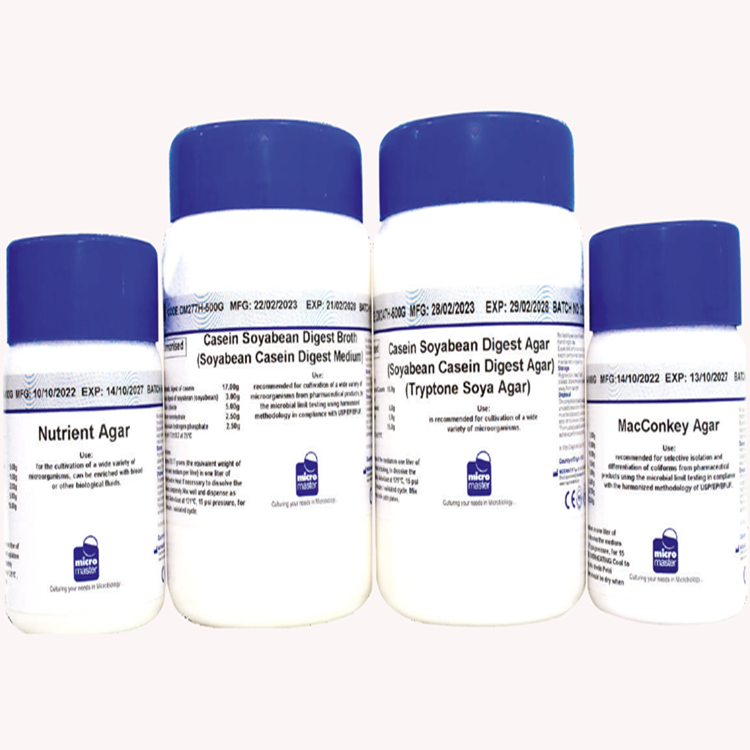






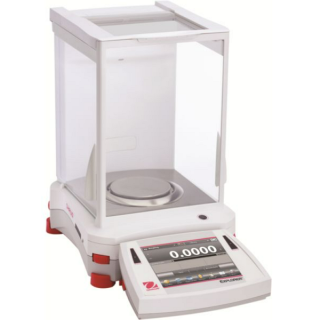
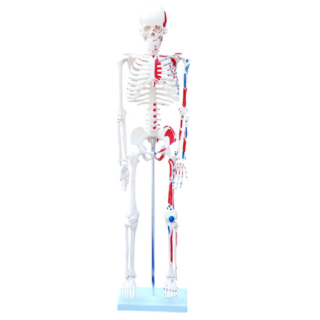
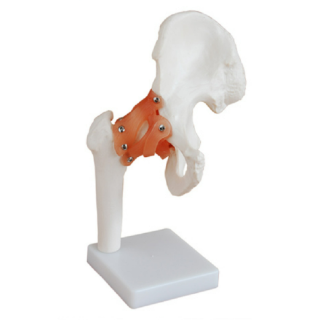
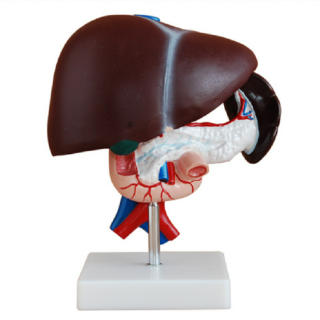
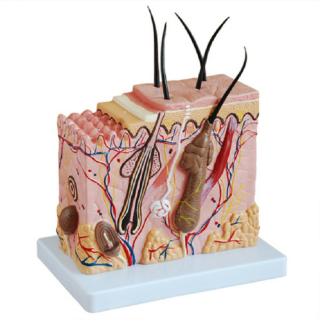

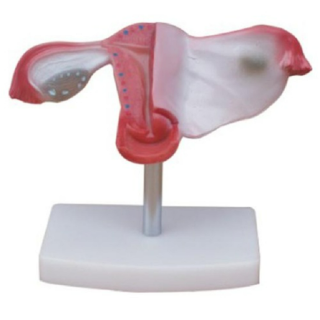
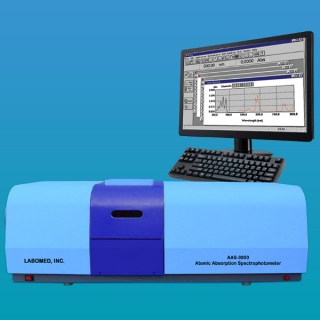
Reviews
There are no reviews yet.